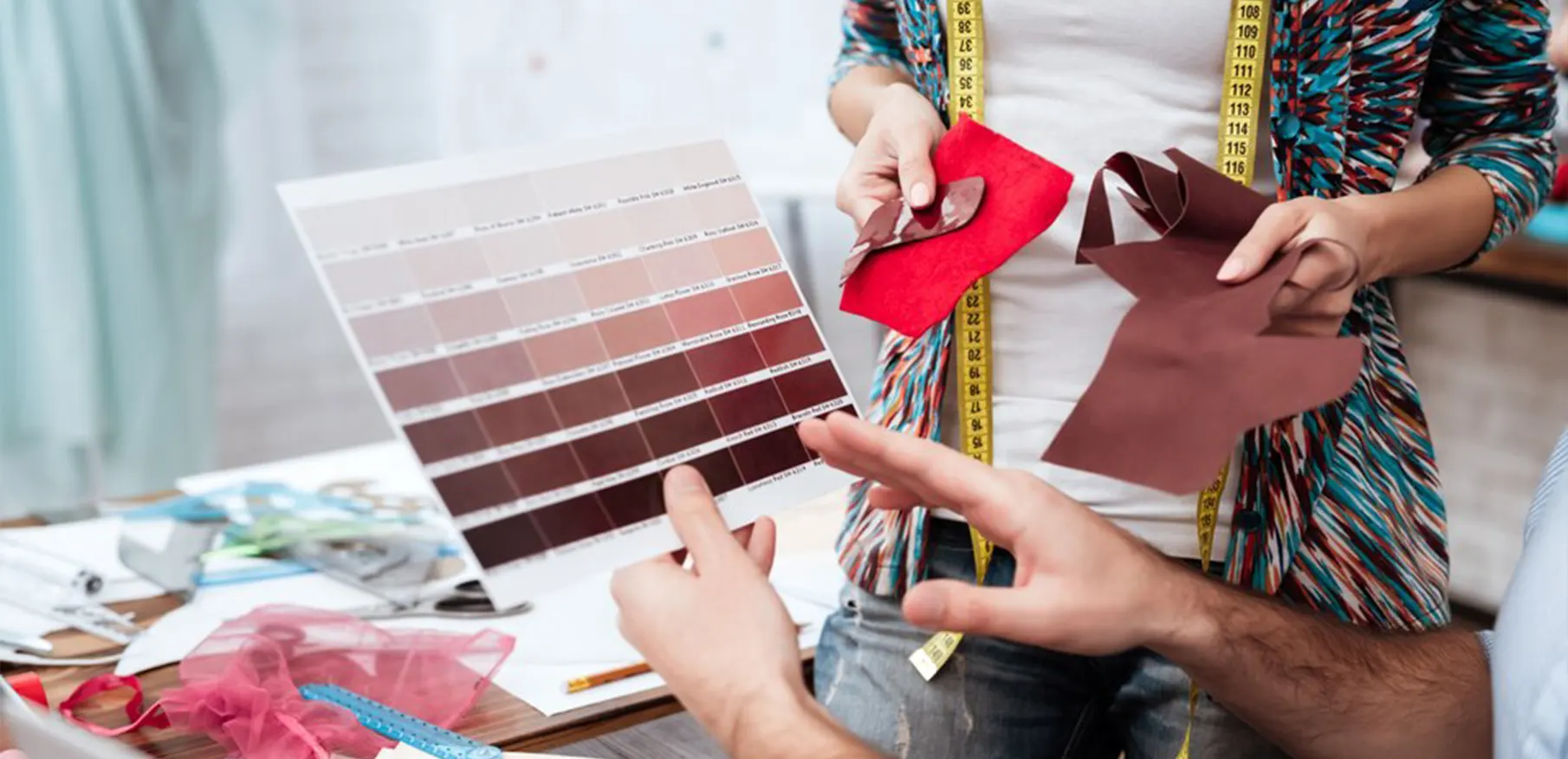Selecting a color palette is essential to wedding planning as it sets the tone and creates a
cohesive look throughout the event. The right combination of colors can enhance the
ambience, reflect the couple’s personality, and leave a lasting impression on guests. However,
with an overwhelming array of colors, couples may need help choosing the perfect wedding
color palette. This blog post will provide a guidance on choosing a wedding color palette, offer
valuable tips and considerations to help couples create a harmonious and visually stunning
wedding aesthetic.
I. Understand Your Wedding Vision and Style:
- Reflect on Personal Preferences: Consider your personal preferences as a couple. Think
about the colors you naturally gravitate towards and those that evoke positive emotions
or hold special meaning. Incorporating colors that resonate with your personality can
create a more meaningful and authentic wedding experience. - Consider the Wedding Theme and Venue: Consider the theme or style of your wedding
and the chosen venue. A rustic barn wedding may lend itself to earthy tones, while a
glamorous ballroom affair may call for a more luxurious and opulent color palette.
Consider how the colors will complement the surroundings and enhance the overall
ambience.
II. Gather Inspiration and Research: - Explore Wedding Magazines and Blogs: Browse through wedding magazines, blogs, and
online platforms dedicated to wedding inspiration. These sources offer many ideas,
showcasing real weddings and styled shoots that can inspire your color palette. Pay
attention to the combinations that catch your eye and save images or create a mood
board to compile your favorite color schemes. - Utilize Online Tools and Color Resources: Online color tools, such as color palette
generators and websites featuring color schemes, can be incredibly helpful in finding
complementary colors. These tools allow you to experiment with combinations, explore
shades and tones, and visualize how they work together.
III. Consider Seasonal Influences: - Embrace Seasonal Colors: Take inspiration from the season your wedding will take
place. Spring may evoke soft pastels and vibrant blooms, while summer could inspire
bright, bold hues. Fall often calls for warm, earthy tones, while winter may lend itself to
elegant jewel tones or icy blues. Embracing seasonal colors can create a visually
cohesive and harmonious atmosphere. - Be Mindful of Seasonal Trends: While considering seasonal colors, it’s essential to be
mindful of trends that may be prevalent during that time. While it’s exciting to
incorporate trendy colors, remember that trends can come and go quickly. Opt for
timeless hues that will stand the test of time and still be visually appealing when looking
back on your wedding photos years later.
IV. Balance and Complement:
- Aim for Balance: When selecting your wedding color palette, aim for a balanced
combination of colors. Consider the ratio of primary, secondary, and accent colors. Too
many bold or vibrant colors can overwhelm you, while an overly muted palette may
appear lacklustre. Strive for a harmonious blend that creates visual interest without
being overwhelming. - Seek Complementary Colors: Choose colors that complement each other on the color
wheel. Complementary colors are opposite each other on the wheel and create a
striking contrast when paired together. For example, blue and orange or purple and
yellow can make stunning combinations. Complementary colors add depth and visual
impact to your wedding palette.
V. Test and Visualize: - Create Color Swatches: Once you have identified potential colors, create physical or
digital ones. Collect paint chips and fabric samples, or utilize color palette tools to
gather the colors you are considering. Having tangible samples allows you to see how
the colors interact with each other and how they appear in different lighting conditions. - Visualize the Palette in Various Elements: Visualize how your chosen color palette will
translate into different wedding elements, such as flowers, decorations, stationery,
bridesmaid dresses, and table settings. Consider how the colors will look in photographs
and how they will complement your wedding attire. This visualization exercise will help
you see the cohesive flow of colors throughout the entire wedding experience.
Choosing a wedding color palette is an exciting and creative process that allows couples to
infuse their unique style and personality into their special day. Understanding your wedding
vision, considering the wedding theme and venue, and reflecting on personal preferences are
fundamental steps in choosing a color palette. Gathering inspiration, utilizing online tools, and
being mindful of seasonal influences help expand the possibilities and refine your choices.
Balancing and complementing colors, seeking visual harmony, and visualizing the palette in
different elements enable couples to create a well-rounded and visually appealing color
scheme. Flexibility and adaptability are also crucial, as adjustments may be necessary along the
way to achieve the desired aesthetic and accommodate practical considerations.
Ultimately, the chosen color palette should reflect the couple’s unique love story and create an
unforgettable atmosphere for themselves and their guests. By carefully selecting a wedding
color palette, couples can set the tone for a beautiful, cohesive, and memorable celebration
that truly represents their style and vision.


